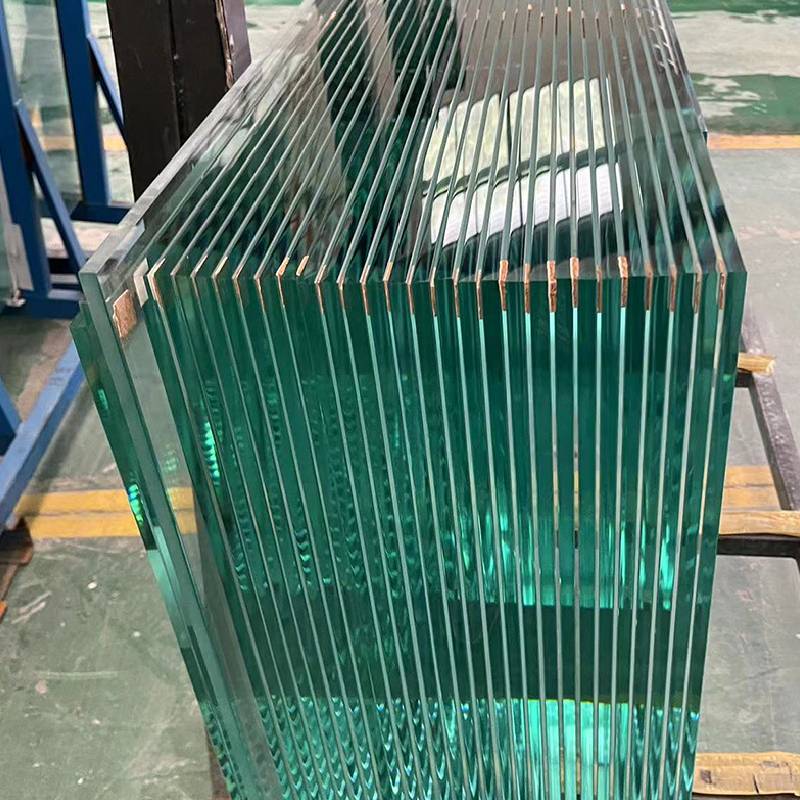The Timeless Elegance of Flat Glass Mirrors
In today’s world, the flat glass mirror stands as a quintessential element of both functionality and aesthetic appeal in our daily lives. From the smallest handheld mirrors to expansive wall-mounted pieces, these reflective surfaces not only play a vital role in personal grooming but also enhance the ambiance of any space. In this article, we shall explore the historical development, manufacturing processes, applications, and future trends of flat glass mirrors, revealing why they continue to captivate us.
A Historical Perspective
The use of mirrors can be traced back thousands of years, with early civilizations utilizing polished metals such as bronze, silver, and gold to create reflective surfaces. However, it was during the Middle Ages that glass began to emerge as a favored material for mirror-making. By the 16th century, the Venetian artisans of Murano had mastered the craft of glassmaking, producing some of the finest flat glass mirrors of their time. These mirrors, framed in ornate designs, became symbols of wealth and sophistication, adorning the palaces and homes of the elite.
The advancement of technology in the 19th century revolutionized mirror production. With the introduction of amalgamation—coating glass with a thin layer of metallic silver—manufacturers were able to produce mirrors on a larger scale. This innovation made flat glass mirrors more accessible to the general public, transforming them from luxury items into household essentials.
Composition and Manufacturing Process
Flat glass mirrors are typically composed of a sheet of glass that is coated with a reflective layer, usually silver or aluminum. The manufacturing process begins with the production of flat glass, which is crafted by melting silica sand, soda ash, and limestone. Once the glass reaches the desired thickness, it is cooled and then polished to achieve a smooth surface.
Next, the mirror production involves applying a reflective coating. In the case of silvering, a solution of silver nitrate is deposited onto the glass surface, forming a thin, highly reflective layer. Afterward, a protective paint layer is applied to prevent tarnishing and enhance durability.
Quality control is paramount in the manufacturing of flat glass mirrors. Factors such as thickness, clarity, and absence of imperfections are rigorously inspected to ensure the final product meets industry standards.
flat glass mirror
Applications in Everyday Life
The versatility of flat glass mirrors allows them to be utilized in various settings. In homes, they serve not only as functional objects for daily grooming but also as decorative elements, capable of making a space feel larger and brighter. Strategically placed mirrors can reflect light and create an illusion of depth, transforming dull or cramped rooms into inviting spaces.
In commercial environments, mirrors play a crucial role in retail and hospitality. They are often employed to enhance the visual appeal of a store, enticing customers to engage with products. Additionally, many restaurants and hotels incorporate mirrors into their designs, creating an atmosphere of elegance and sophistication.
Beyond residential and commercial uses, flat glass mirrors are also significant in architecture and design. Architects often integrate mirrors into their projects to create striking visual effects and to manipulate space in innovative ways. Furthermore, mirrors are widely used in scientific applications, such as telescopes and lasers, where precision reflection is critical.
The Future of Flat Glass Mirrors
As technology continues to evolve, so too does the flat glass mirror. Innovations in smart mirror technology, for instance, are leading to interactive surfaces capable of displaying information, such as time, weather forecasts, and personal notifications. These smart mirrors represent a fusion of functionality and modern aesthetic, appealing to a tech-savvy audience.
Sustainability is another trend impacting the future of flat glass mirrors. Manufacturers are increasingly focusing on eco-friendly production processes, utilizing recycled materials, and developing energy-efficient coatings. As environmental concerns become more pressing, the demand for sustainable products is likely to grow.
Conclusion
Flat glass mirrors are more than just reflective surfaces; they embody a rich history, a blend of artistry and science, and a reflection of our daily lives. As we embrace technological advancements and sustainable practices, these mirrors will undoubtedly continue to enchant and inspire future generations, affirming their place as timeless accessories in our homes and beyond.
 Afrikaans
Afrikaans  Albanian
Albanian  Amharic
Amharic  Arabic
Arabic  Armenian
Armenian  Azerbaijani
Azerbaijani  Basque
Basque  Belarusian
Belarusian  Bengali
Bengali  Bosnian
Bosnian  Bulgarian
Bulgarian  Catalan
Catalan  Cebuano
Cebuano  Corsican
Corsican  Croatian
Croatian  Czech
Czech  Danish
Danish  Dutch
Dutch  English
English  Esperanto
Esperanto  Estonian
Estonian  Finnish
Finnish  French
French  Frisian
Frisian  Galician
Galician  Georgian
Georgian  German
German  Greek
Greek  Gujarati
Gujarati  Haitian Creole
Haitian Creole  hausa
hausa  hawaiian
hawaiian  Hebrew
Hebrew  Hindi
Hindi  Miao
Miao  Hungarian
Hungarian  Icelandic
Icelandic  igbo
igbo  Indonesian
Indonesian  irish
irish  Italian
Italian  Japanese
Japanese  Javanese
Javanese  Kannada
Kannada  kazakh
kazakh  Khmer
Khmer  Rwandese
Rwandese  Korean
Korean  Kurdish
Kurdish  Kyrgyz
Kyrgyz  Lao
Lao  Latin
Latin  Latvian
Latvian  Lithuanian
Lithuanian  Luxembourgish
Luxembourgish  Macedonian
Macedonian  Malgashi
Malgashi  Malay
Malay  Malayalam
Malayalam  Maltese
Maltese  Maori
Maori  Marathi
Marathi  Mongolian
Mongolian  Myanmar
Myanmar  Nepali
Nepali  Norwegian
Norwegian  Norwegian
Norwegian  Occitan
Occitan  Pashto
Pashto  Persian
Persian  Polish
Polish  Portuguese
Portuguese  Punjabi
Punjabi  Romanian
Romanian  Russian
Russian  Samoan
Samoan  Scottish Gaelic
Scottish Gaelic  Serbian
Serbian  Sesotho
Sesotho  Shona
Shona  Sindhi
Sindhi  Sinhala
Sinhala  Slovak
Slovak  Slovenian
Slovenian  Somali
Somali  Spanish
Spanish  Sundanese
Sundanese  Swahili
Swahili  Swedish
Swedish  Tagalog
Tagalog  Tajik
Tajik  Tamil
Tamil  Tatar
Tatar  Telugu
Telugu  Thai
Thai  Turkish
Turkish  Turkmen
Turkmen  Ukrainian
Ukrainian  Urdu
Urdu  Uighur
Uighur  Uzbek
Uzbek  Vietnamese
Vietnamese  Welsh
Welsh  Bantu
Bantu  Yiddish
Yiddish  Yoruba
Yoruba  Zulu
Zulu 

